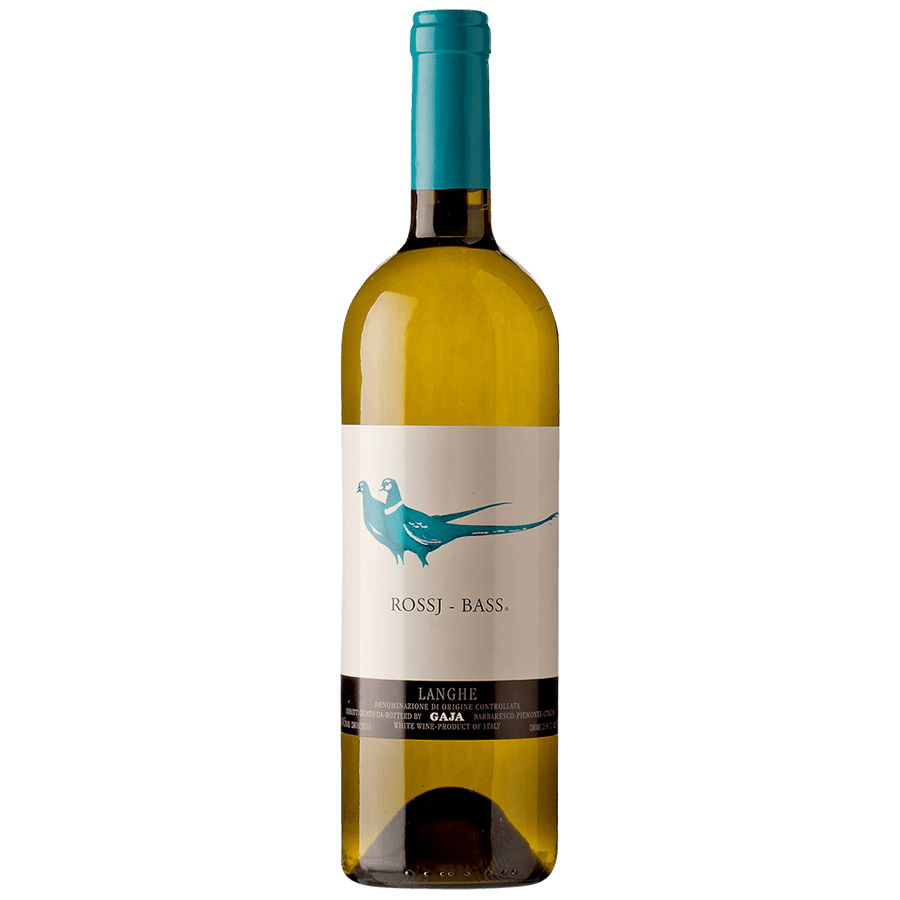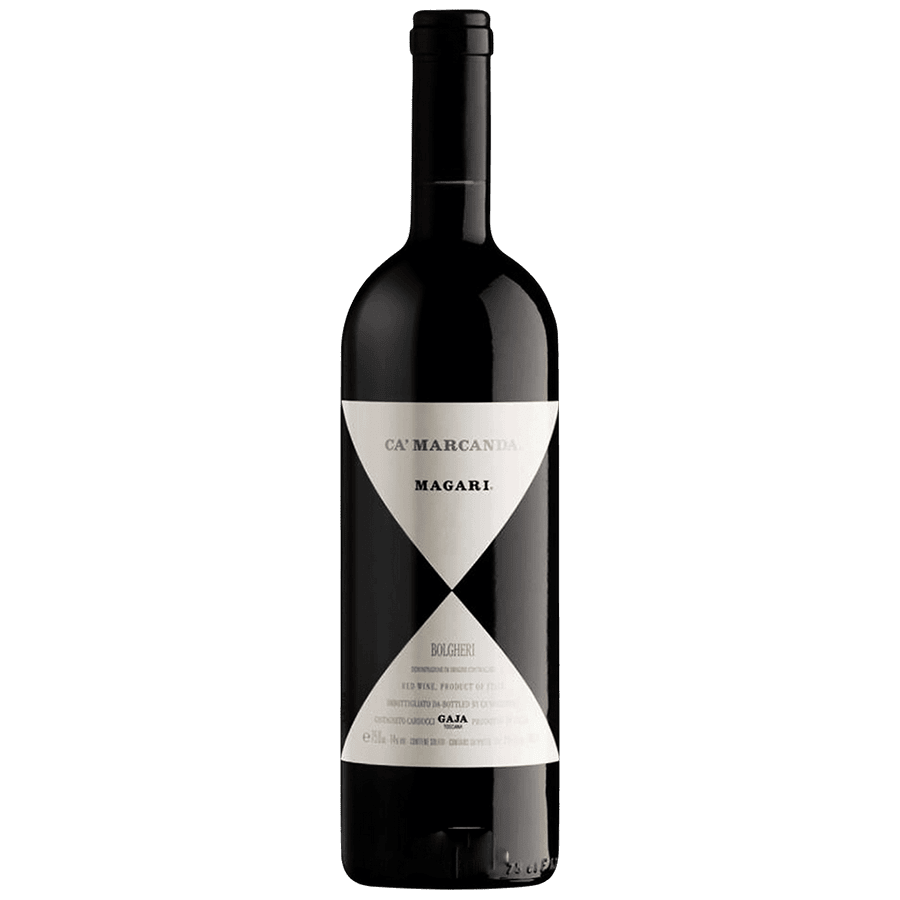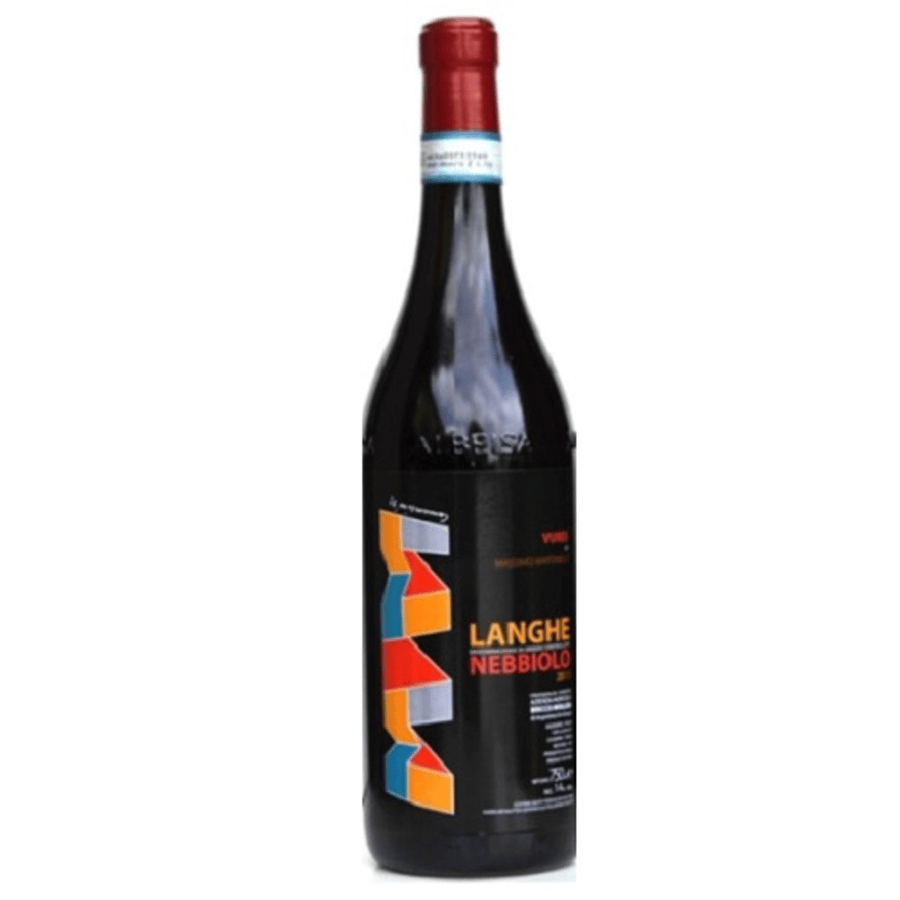The Langhe wine region, nestled in the heart of Piedmont, northwestern Italy, is a testament to the enduring legacy of viticulture and winemaking tradition that spans centuries. This illustrious region is not only a geographical entity but also a cultural landscape that has been sculpted by generations of winemakers. With its rolling hills, ancient villages, and verdant vineyards, Langhe offers a panoramic view into the world of Italian wine, characterized by a rich history, distinctive terroir, and a diverse array of grape varieties that contribute to the unique taste profile of its wines.
Historical Overview
The history of the Langhe region is deeply intertwined with the cultivation of vines and wine production. The area’s vinous roots trace back to the Etruscans and were further developed under Roman influence, which introduced advanced viticultural techniques and an appreciation for the art of winemaking. However, it was during the Middle Ages that Langhe’s winemaking truly flourished, with monastic orders playing a crucial role in refining the viticulture practices and wine production methods that would lay the foundation for the region’s future success.
Geographical Location
Langhe is strategically positioned east of the Tanaro River and south of Alba, in the province of Cuneo. This area is part of the larger Piedmont region, which is bordered by the Alps, providing a natural barrier that has historically influenced the region’s climate and culture. The Langhe’s hilly terrain, varying altitudes, and proximity to the river contribute to its unique microclimates, making it an ideal location for vineyard cultivation.
Soil Profile and Climatic Conditions
The soil composition of the Langhe region is predominantly marl and sandstone, with variations across the area that include clay, limestone, and sand. This diverse soil profile, coupled with the region’s continental climate, characterized by cold winters and warm summers, creates an optimal environment for vine growth. The intricate interplay between the soil and climate conditions in Langhe is a critical factor in the development of the grapes’ complexity and depth, contributing to the distinctive character of its wines.
Grape Varieties
Langhe is renowned for its wide array of grape varieties, each contributing its own unique flavor profile to the wines produced in the region. The most notable red grape variety is Nebbiolo, the cornerstone of Barolo and Barbaresco wines, which are among the most prestigious in Italy. Other significant red varieties include Dolcetto, known for its fruity and slightly bitter taste, and Barbera, which produces wines with high acidity and berry flavors. The region also cultivates white grape varieties such as Arneis, known for its floral and peach notes, and Favorita, which offers a refreshing citrusy taste.
Taste of Wines
The wines of Langhe are celebrated for their rich complexity, depth of flavor, and capacity to age gracefully. Nebbiolo-based wines, such as Barolo and Barbaresco, are particularly esteemed for their robust structure, high tannins, and aromatic bouquet, which includes notes of tar, roses, cherries, and truffles. Dolcetto wines, on the other hand, are more approachable in their youth, offering a softer palate with hints of almond and black cherry. Barbera wines are appreciated for their lively acidity and flavors of dark fruit and spice. The white wines, such as those made from Arneis, display elegance and freshness, with a balance of acidity and aromatic floral and fruit notes.
The Langhe wine region stands as a beacon of Italian winemaking tradition, showcasing the symbiosis between human endeavor and the natural environment. Through centuries of cultivation, the people of Langhe have not only crafted wines of exceptional quality but have also preserved a landscape and a way of life that continues to enchant and inspire. As the region looks to the future, it remains a vibrant testament to the enduring allure of Italian viticulture, offering a rich palette of flavors that speak to the soul of Piedmont.





